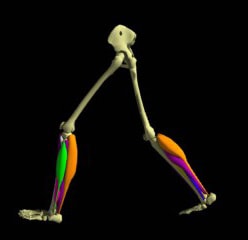Another Good Report on HTO: Fixing abnormal Alignment can Help Walking
While our goal with using stem cell injections is always to help patients avoid knee surgery and as a practice to continue to lead the development of new technologies that will allow more patients to avoid knee surgery, the data on one common knee surgery, high tibial osteotomy, is looking better and better. This is in contrast to other studies showing other common orthopedic surgery procedures such as knee menisectomy and debridement don’t provide measurable benefits and may worsen knee arthritis. High Tibial Osteotomy is performed when the patient has a severe varus or valgus alignment problem (side bend knee or bow legged/knock kneed). Some studies have recently shown better survival of cartilage on the side of the knee where pressure is relieved by the HTO surgery. Other studies reviewed on the blog have shown that returning to high impact sports after HTO knee surgery may or may not be possible given high tibial osteotomy recovery depending how you read the tea leaves. Now a new study out this week also shows improvement in walking biomechanics for these patients operated with HTO knee surgery. So while we’re not big fans of many common joint surgeries, there seems to be mounting evidence that HTO knee surgery helps patients.

If you have questions or comments about this blog post, please email us at [email protected]
NOTE: This blog post provides general information to help the reader better understand regenerative medicine, musculoskeletal health, and related subjects. All content provided in this blog, website, or any linked materials, including text, graphics, images, patient profiles, outcomes, and information, are not intended and should not be considered or used as a substitute for medical advice, diagnosis, or treatment. Please always consult with a professional and certified healthcare provider to discuss if a treatment is right for you.
